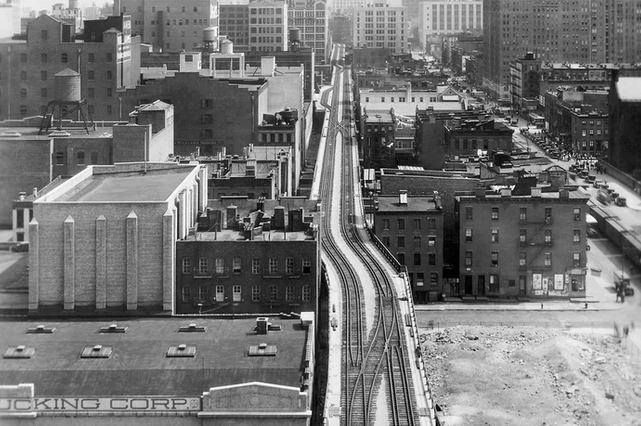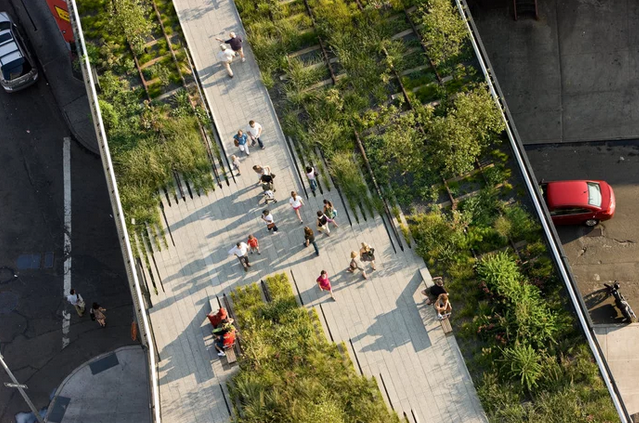Fifteen years ago, an audacious project took flight above the bustling streets of West Chelsea. The High Line, once an abandoned railway, has become an iconic urban park, revolutionizing the concept of green spaces in cities worldwide. As the city commemorates its 15th anniversary, people reflect on the transformative journey that has turned this elevated park into a beloved landmark.
The High Line’s story is one of unlikely beginnings. Originally constructed in 1934 to elevate freight trains above Manhattan’s dangerous streets, the railway ceased operations in 1980, leaving behind a rusting relic overgrown with wild plants. “It was an industrial wasteland,” recalls Robert Hammond, co-founder of Friends of the High Line. “Many wanted it demolished, but we saw potential where others saw decay.”

In 1999, a serendipitous meeting between Hammond and Joshua David at a community board meeting sparked a grassroots campaign to save the High Line. Their vision was to transform the derelict structure into a public park. This dream galvanized local support, culminating in the formation of the nonprofit Friends of the High Line. Photographer Joel Sternfeld’s evocative images of the wild landscape atop the High Line played a crucial role in building public enthusiasm. “Joel’s photos made people see the beauty in what was there, and imagine what it could become,” said Hammond.
The park officially opened in 2009, unveiling a blend of horticulture, art, and urban design. Architect James Corner Field Operations, along with Diller Scofidio + Renfro and planting designer Piet Oudolf, crafted a unique space that respects its industrial heritage while offering serene natural beauty and dynamic cultural experiences.
Today, the High Line stretches 1.45 miles through Manhattan’s West Side, attracting millions of visitors annually. It has inspired similar projects globally, reinforcing the value of reimagining urban infrastructure. “The High Line shows what’s possible when a community comes together with a shared vision,” says Hammond.












